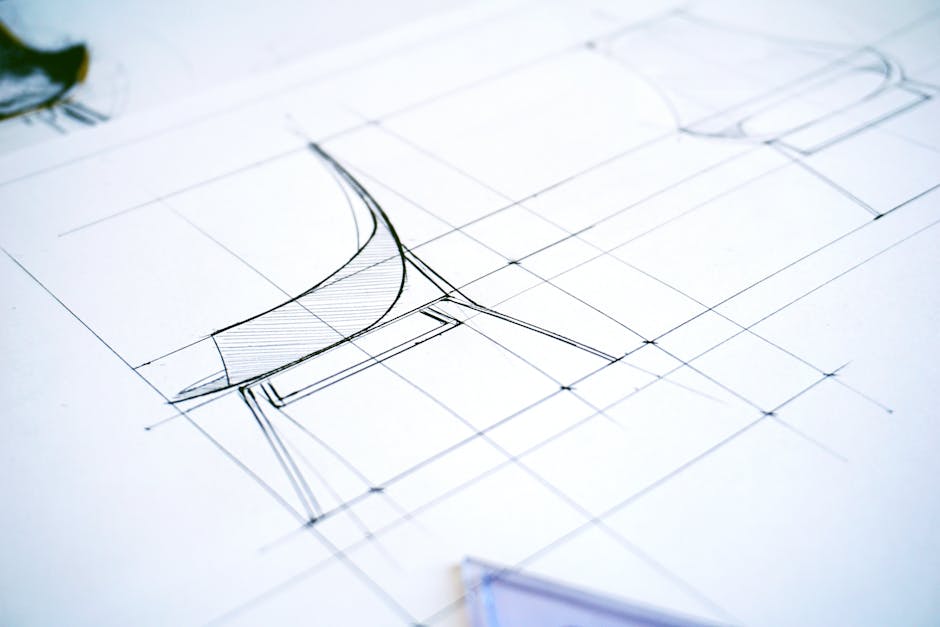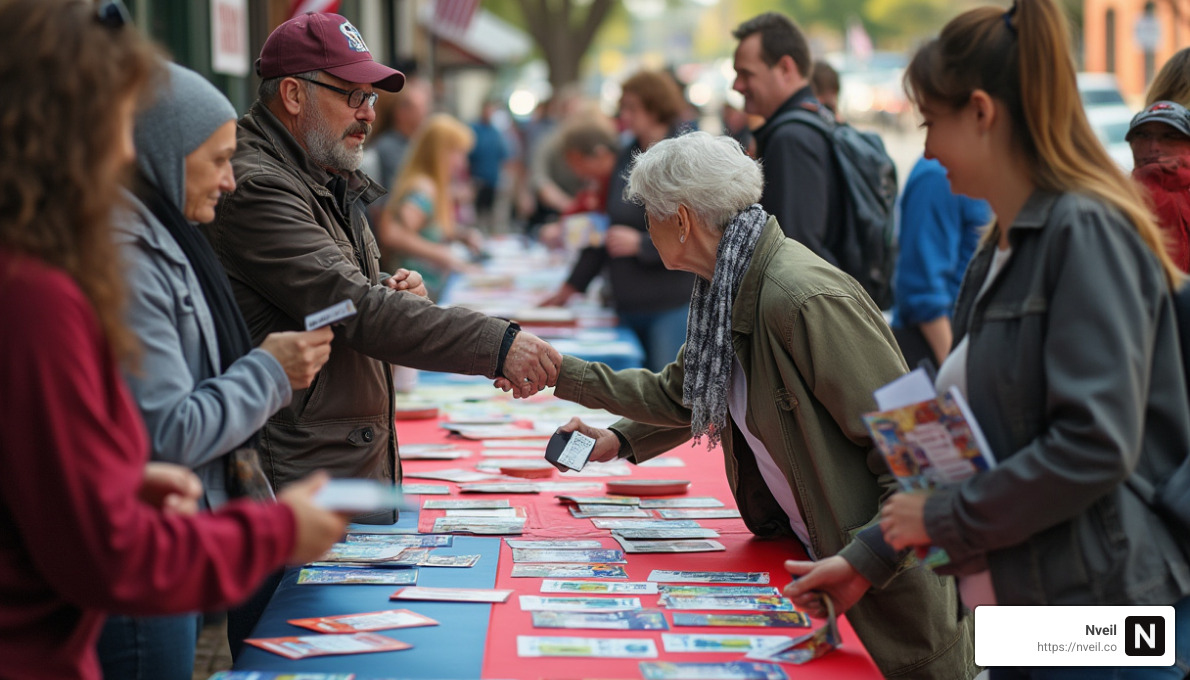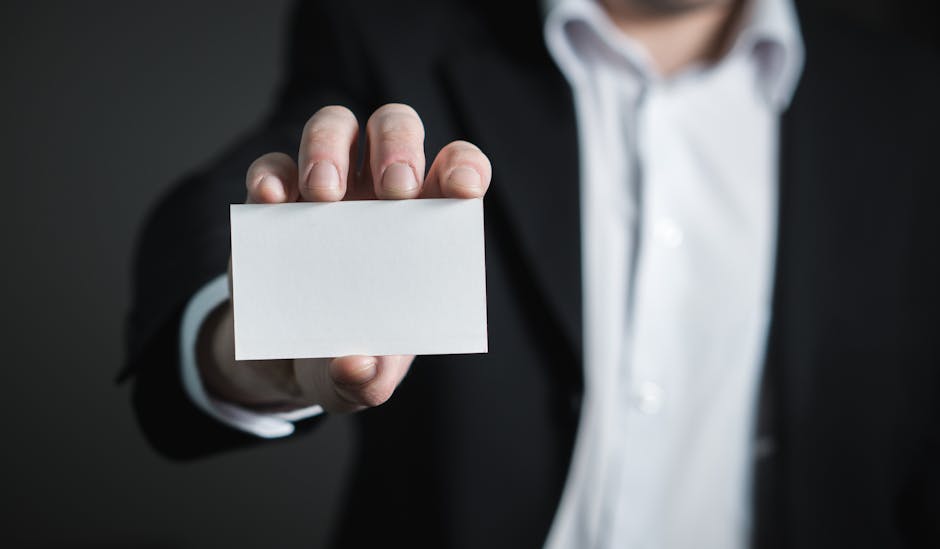Product design services are essential for bringing innovative ideas to life, turning concepts into tangible, market-ready solutions. Whether you’re crafting a completely new product or enhancing an existing one, these services blend strategy and creativity to ensure that your final product is not only functional but also resonates with your target audience. Here’s a quick overview of what product design services encompass:
- Strategic Planning: Ensures alignment with business objectives and target market needs.
- Creative Design: Focuses on aesthetics and user experience.
- Market Analysis: Identifies opportunities and gaps in the current landscape.
- Prototype Development: Tests functionality and gathers user feedback.
- Manufacturing Support: Prepares for production and market launch.
When businesses use product design services, they essentially curtail risks and amplify market success potential.
I’m Reem Musleh, and I’ve had the pleasure of empowering small to medium-sized businesses to thrive in today’s competitive market through design. As an expert in product design services, I’ve crafted strategies that interlace creativity with functionality, driving impactful results. Let’s explore how these services can transform your product from concept to creation.

Understanding Product Design Services
Product design services transform ideas into physical products that solve real-world problems. This process involves crafting tangible goods, designing services, and enhancing user interactions.
Tangible Goods
Creating tangible goods is the heart of product design. This involves everything from initial sketches to final manufacturing. The goal is to develop a product that not only looks good but also functions well. For instance, product rendering can create photorealistic images of a product, allowing designers to visualize and refine the product before it’s even manufactured. This step is crucial for ensuring that the product will meet consumer expectations and stand out in the market.
Service Design
Service design is about enhancing how a product is used and experienced. It focuses on creating smooth and efficient user pathways. For example, if you’re designing a new coffee maker, service design would ensure that the user can easily understand how to operate it, clean it, and maintain it. This aspect of design emphasizes the importance of user experience (UX), ensuring that every interaction with the product is intuitive and satisfying.
Interactions
Interactions are the touchpoints between the user and the product. A well-designed product considers every possible interaction, from unboxing to everyday use. This includes the product’s user interface (UI), which deals with the visual elements like buttons and screens. Good UI design makes a product more appealing and easier to use.
Incorporating both UX and UI elements ensures that the product is not only functional but also enjoyable to use. This is vital for building trust and credibility with users, as highlighted in research from Nveil.
In summary, product design services encompass the creation of tangible goods, service design, and user interactions. These elements work together to produce a product that is both functional and appealing to consumers.

Next, we’ll explore the five stages of product design, from empathizing with users to testing the final product.
The Five Stages of Product Design
The journey from a simple idea to a market-ready product involves five critical stages. These stages ensure that the final product not only meets user needs but also stands out in the marketplace. Let’s explore each stage:
1. Empathize
The first step in the product design process is to empathize with the users. This means understanding their needs, desires, and pain points. It involves engaging with real users through interviews, surveys, and observations. The goal is to gain deep insights into what users truly need, not just what they say they want.
For example, successful product designers work closely with their teams to ensure their products address real needs in people’s lives. By empathizing with potential users, they can create products that resonate with them.
2. Define
Once you understand the users, it’s time to define the problem. This stage involves synthesizing the insights gathered in the empathize stage to clearly articulate the core problem. A well-defined problem statement guides the design process and keeps the focus on user needs.
After gathering insights, teams define the key features that their product needs to address. This clarity is crucial in guiding the subsequent design stages.
3. Ideate
With a clear problem statement, the next step is to ideate. This is where creativity comes into play. Designers brainstorm a wide range of solutions, exploring various possibilities without constraints. The aim is to generate as many ideas as possible, then narrow them down to the most promising ones.
The “sketch blitz” phase is an excellent example of the ideation process. Designers generate multiple high-level sketches, exploring different concepts before selecting the most viable one.
4. Prototype
After selecting the best ideas, the next step is to create prototypes. Prototyping involves building simple, low-cost versions of the product to test its functionality and design. This stage allows for experimentation and refinement before the final product is developed.
Products often go through several iterations of prototypes, helping teams test functionality and make necessary adjustments. Prototyping is essential for identifying potential issues early and ensuring the product meets user expectations.
5. Test
The final stage is to test the product. This involves putting the prototype in the hands of real users to gather feedback. Testing helps identify any final tweaks needed to improve usability and functionality. It’s a crucial step for validating the design and ensuring it truly solves the user’s problem.
Testing isn’t a one-time task. It should be an ongoing effort, with continuous improvements made based on user feedback. This ensures the product remains aligned with real-world user behavior and expectations.
By following these five stages—empathize, define, ideate, prototype, and test—product design services can transform an idea into a successful and user-centric product.
Next, we’ll dig into the cost considerations involved in product design, from hourly rates to prototyping expenses.
Cost Considerations in Product Design
Designing a product isn’t just about creativity and innovation. It’s also about managing costs effectively. Understanding the financial aspects of product design services is crucial for anyone looking to bring a product to market. Let’s explore the key cost considerations: hourly rates, project pricing, and prototyping costs.
Hourly Rates
Product designers often charge by the hour. These rates can vary widely based on the designer’s experience, location, and the project’s complexity. For instance, an experienced designer in a major city might charge significantly more than a less experienced designer in a smaller town.
Average hourly rates can range from $50 to $150 or more. It’s essential to discuss these rates upfront and ensure they fit within your budget.
Project Pricing
Some projects are priced as a whole rather than by the hour. This is often the case for larger, more complex projects where it’s difficult to estimate the time required.
Project pricing provides a fixed cost, which can be beneficial for budgeting. However, it’s crucial to outline the scope clearly. Any changes or additions to the project might incur additional costs.
For example, a strategic approach to project pricing involves planning the best course of action and providing a quote based on specific needs and objectives.
Prototyping Costs
Prototyping is a critical stage in product design, allowing for testing and refinement. However, it also comes with its own set of costs.
Prototyping costs depend on the materials used, the complexity of the prototype, and the number of iterations required. Simple prototypes might cost a few hundred dollars, while more complex ones can run into thousands.
Rapid prototyping technologies, like 3D printing, can help reduce costs and speed up the process. These technologies allow designers to create models quickly and affordably, as noted in the McKinsey insights.
Understanding these cost factors is vital for managing your budget effectively. By considering hourly rates, project pricing, and prototyping costs, you can make informed decisions and ensure your product design project stays on track financially.
Next, we’ll explore the role of a product designer and how they bring your vision to life through detailed specifications and digital drawings.
The Role of a Product Designer
A product designer is like the architect of your product. They translate ideas into tangible, functional products that meet user needs and business goals. Let’s explore what makes their role so crucial.
Product Specifications
Product designers start by defining the product specifications. This means they figure out exactly what the product needs to do and how it should look. Specifications act as a blueprint for the entire design process. They ensure everyone involved understands the product’s goals and requirements.
Think of specifications as a detailed checklist. They cover everything from size and shape to materials and functionality. For instance, when Aimee Roberson worked with Gembah on her Dry Meister product, they carefully crafted specifications to ensure the product met her vision and could be efficiently manufactured.
Digital Drawings
Once specifications are set, designers create digital drawings. These are precise, computer-generated images that show what the product will look like. Digital drawings are essential because they help visualize the product before it’s built. They allow designers to experiment with different ideas and make changes easily.
Digital drawings also serve as a communication tool. They help convey the product’s design to engineers, manufacturers, and other stakeholders. This step ensures everyone is on the same page and reduces the risk of misunderstandings.
Functional Products
The ultimate goal of a product designer is to create a functional product. This means the product not only looks good but also works as intended. Functionality is key to user satisfaction and market success.
Designers often use prototypes to test functionality. These are early models of the product, which help identify any issues before full-scale production. As seen in the development of the Pup Stack, multiple prototypes were created to refine every detail and ensure the final product was just right.
In summary, product designers play a vital role in bringing ideas to life. They work through detailed specifications, create digital drawings, and ensure the product is functional and ready for market. Their expertise is essential for turning concepts into successful products.
Next, we’ll address some frequently asked questions about product design services, including what exactly a product service design entails and how much it typically costs.
Frequently Asked Questions about Product Design Services
What is a product service design?
Product design involves creating tangible goods that solve problems or fulfill needs, encompassing everything from the initial idea to the final product ready for consumers. Service design focuses on enhancing the interactions and experiences users have with a service. Both are crucial in shaping how a product or service is perceived and used.
For example, when designing a new smartphone, product design would cover the physical aspects, like the screen size and button placement. Service design would address the user experience, such as how easily a customer can set up the phone or contact support if needed.
How much does product design cost?
The cost of product design services can vary widely based on several factors:
-
Project Type: Simple projects might be less costly, while complex designs with advanced features can be more expensive.
-
Hourly Rates vs. Project Pricing: Some designers charge by the hour, while others offer a flat rate for the entire project.
-
Prototyping Costs: Creating prototypes can add to the cost, but they are crucial for testing and refining the product.
For instance, designing a basic kitchen gadget might cost a few thousand dollars, whereas a high-tech product like a smart home device could run into tens of thousands. It’s essential to discuss your budget and needs with your designer to get an accurate estimate.
What does a product designer do?
A product designer wears many hats and has diverse responsibilities:
-
Responsibilities: They manage the entire design process, from concept to creation. This includes conducting research, developing specifications, creating digital drawings, and testing prototypes.
-
Skills: Successful product designers have a keen eye for aesthetics, a strong understanding of user needs, and technical skills in software like CAD. They also excel in problem-solving and communication to ensure the final product meets all requirements.
For instance, when creating a new fitness tracker, a product designer would ensure it not only looks sleek but also functions well, tracks data accurately, and is user-friendly.
Product designers are the bridge between an idea and a market-ready product. They use their skills and expertise to bring innovative solutions to life, helping businesses succeed in a competitive market.
Next, we’ll wrap up our exploration of product design services and discuss how Nveil provides a seamless experience for its clients.
Conclusion
At Nveil, we understand that starting on a website development journey can feel overwhelming. But it doesn’t have to be. Our expertise in product design services ensures a seamless experience from start to finish.
We pride ourselves on our unique five-step process. This structured approach integrates strategy, creativity, and technical expertise, making sure each project is custom to the specific needs of our clients. Whether you’re a startup or an established business, our method is designed to simplify complex processes and deliver results that speak for themselves.
Our focus on creating a seamless experience means that we take care of all the details. From strategic planning to post-launch support, we ensure that every step of the way is smooth and efficient. This is not just about building a website; it’s about crafting a digital presence that aligns with your brand and engages your audience.
In partnering with Nveil, you gain more than just a service provider. You gain a team dedicated to changing your vision into reality, ensuring that your website not only meets but exceeds your expectations. Our goal is to empower your business with a high-performing, visually stunning site that drives growth and success.
Ready to take the next step in your website development journey? Contact us today to find how we can help you achieve your digital goals with ease and excellence.


